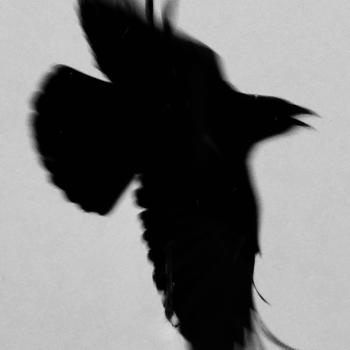Click here to support the my teaching practice via Patreon.
This is a recording from a talk given on April 30, 2022, for the Buddhist Temple of Toledo’s Practice Period, Celebrating Women in Buddhism, and for the Vine of Obstacles Zen.
The Ten Line Life-Prolonging Kannon Sutra is a sutra/practice that is dear to my heart and I was happy to share some of that inner work here. The practice of this amazing sutra offers a powerful integration of nenbutsu (re-membering buddha), absorption, and awakening. When properly understood and actualized, it offers the full path of the buddhadharma in just ten lines. It is a practice that originated in a dream. It can be practiced through day and through the night inside and outside formal liturgy and thus is ideal for householders.
I hope that if you are new or newish to dharma practice that this talk with give you at least a toehold in Kanzeon. And if you’re not so new, I hope this will give you a new perspective.
You’ll also find a section of the talk that explains how it was that Kannon began as a man in India and became a woman in China, and how the Buddha also may well have had intersex genitals, and so we really ought to refer to the old Buddha with neutral pronouns. Awakening is, of course, gender fluid.
Here’s the sutra:
Japanese: Enmei Jukku Kannon Gyo
Kan ze on
na mu butsu
yo butsu u in
yo butsu u en
bup po so en
jo raku ga jo
nen nen ju shin ki
nen nen fu ri shin
cho nen kan ze on
bo nen kan ze on
My English translation: Ten Line Life Prolonging Kannon Sutra
Namo Buddha!
One with Buddha cause
One with Buddha affinity
Buddha, Dharma, Sangha affinity
Constancy, joy, self, purity
Mornings nen Kanzeon
Evenings nen Kanzeon
Nen nen through arising mind
Nen nen not apart from this mind.
In the talk, you will learn more about the loan words – “namo” and “nen” – that I’ve used in the translation. You can learn more about the details of the Chinese characters used in the sutra in a seminar I offered earlier in the year for Boundless Way Zen and the North Carolina Zen Center, here:
Dōshō Port began practicing Zen in 1977 and now co-teaches with his wife, Tetsugan Zummach Sensei, with the Vine of Obstacles: Online Support for Zen Training, an internet-based Zen community. Dōshō received dharma transmission from Dainin Katagiri Rōshi and inka shōmei from James Myōun Ford Rōshi in the Harada-Yasutani lineage. Dōshō’s translation and commentary on The Record of Empty Hall: One Hundred Classic Koans, is now available (Shambhala). He is also the author of Keep Me In Your Heart a While: The Haunting Zen of Dainin Katagiri.












